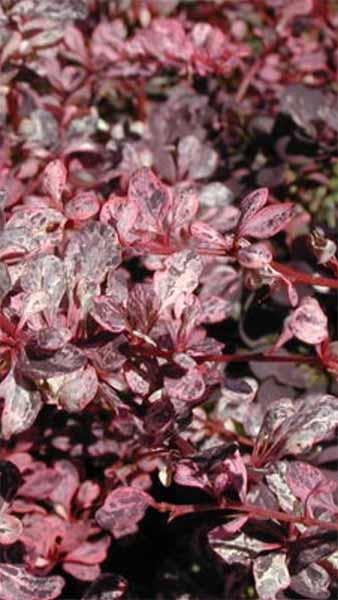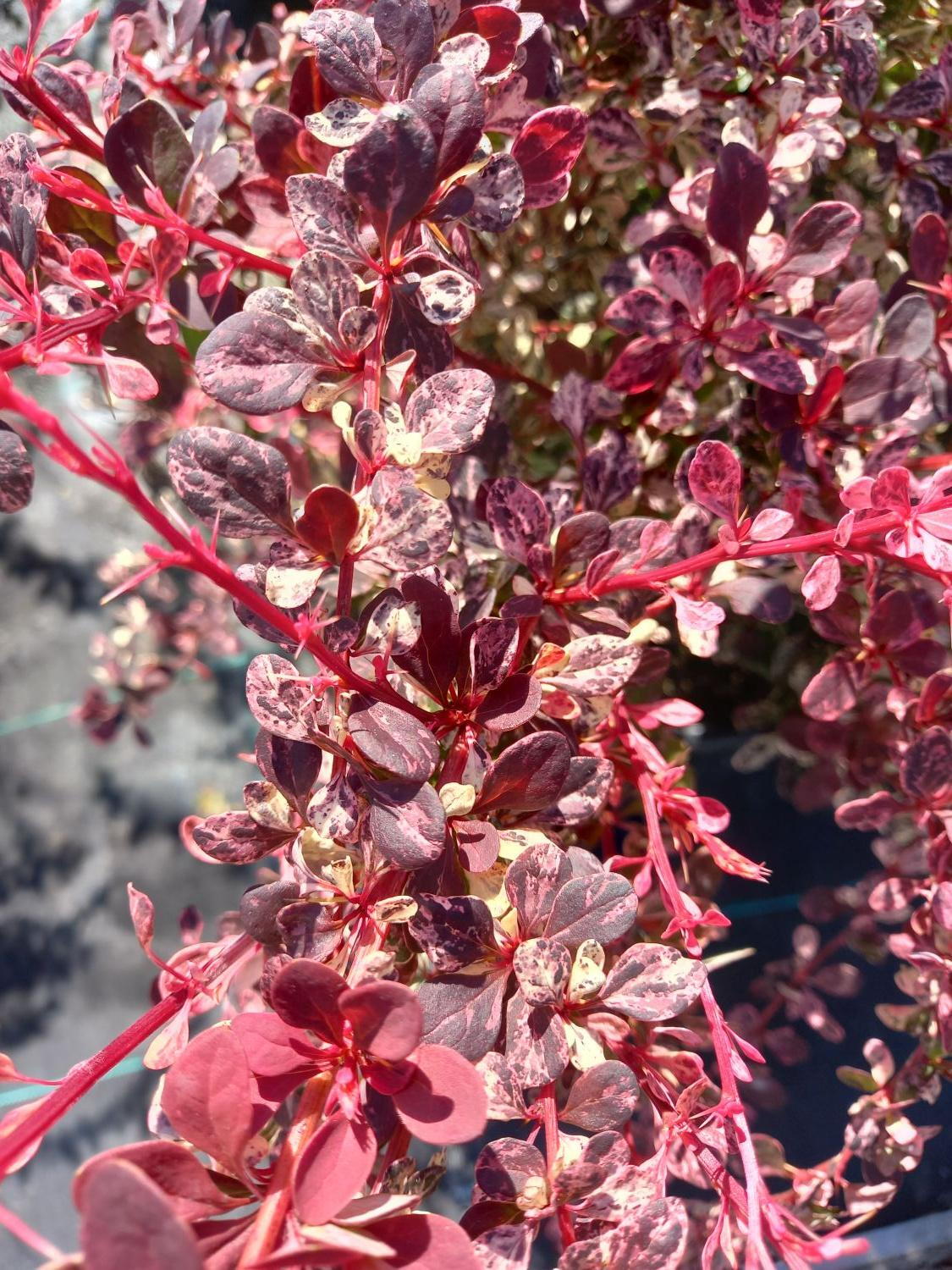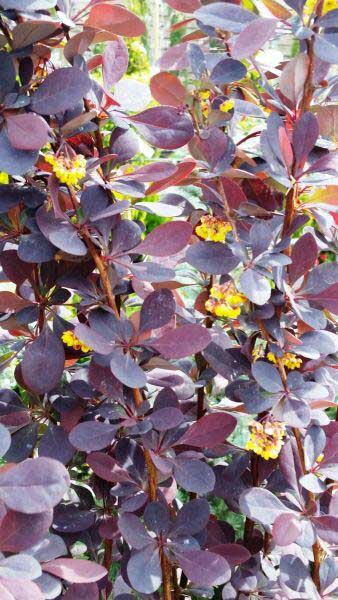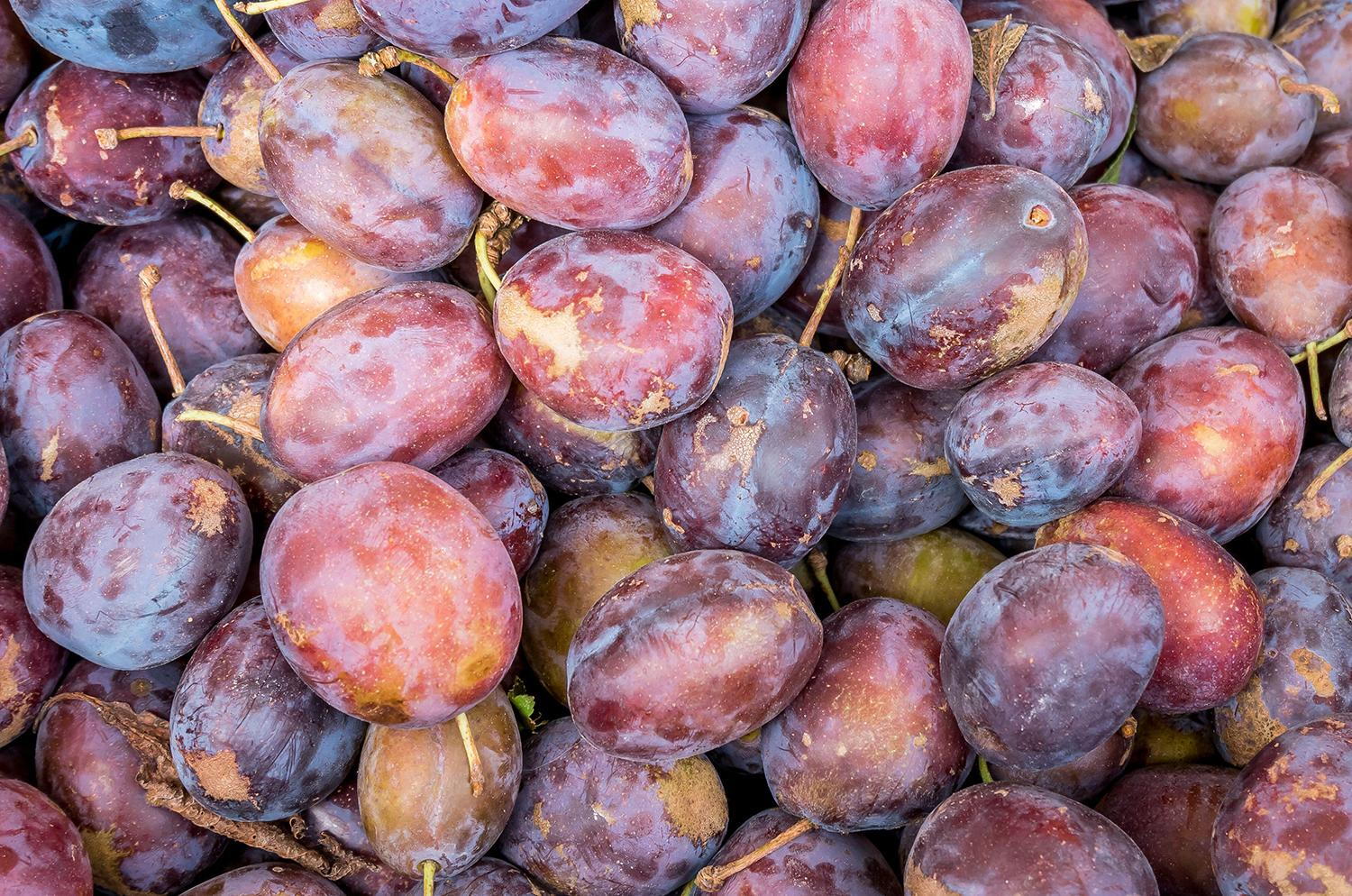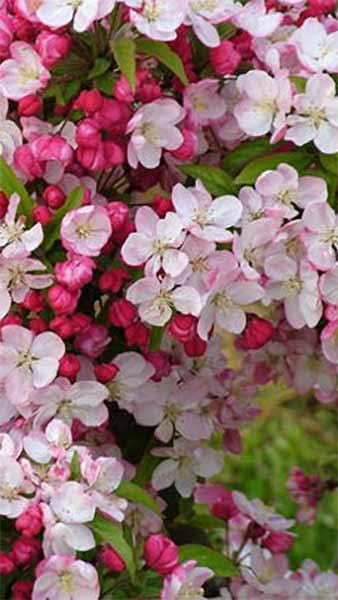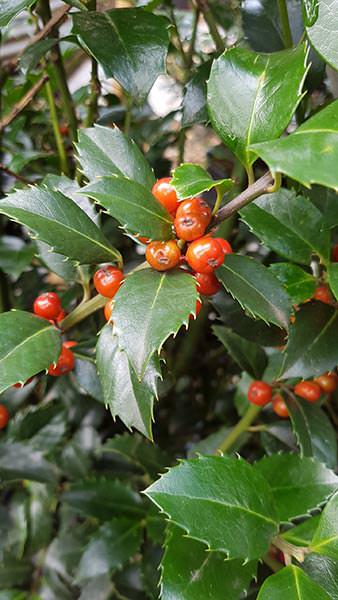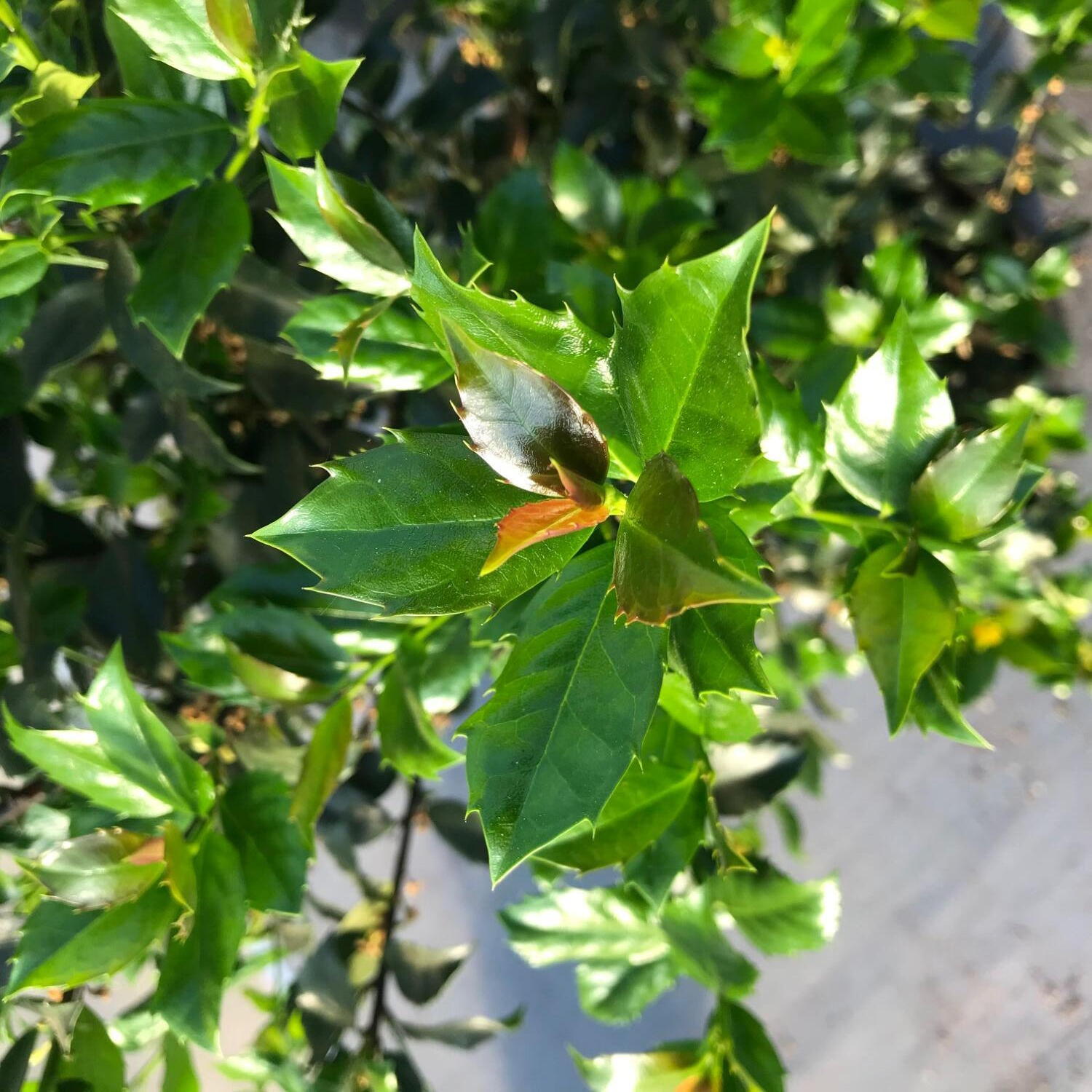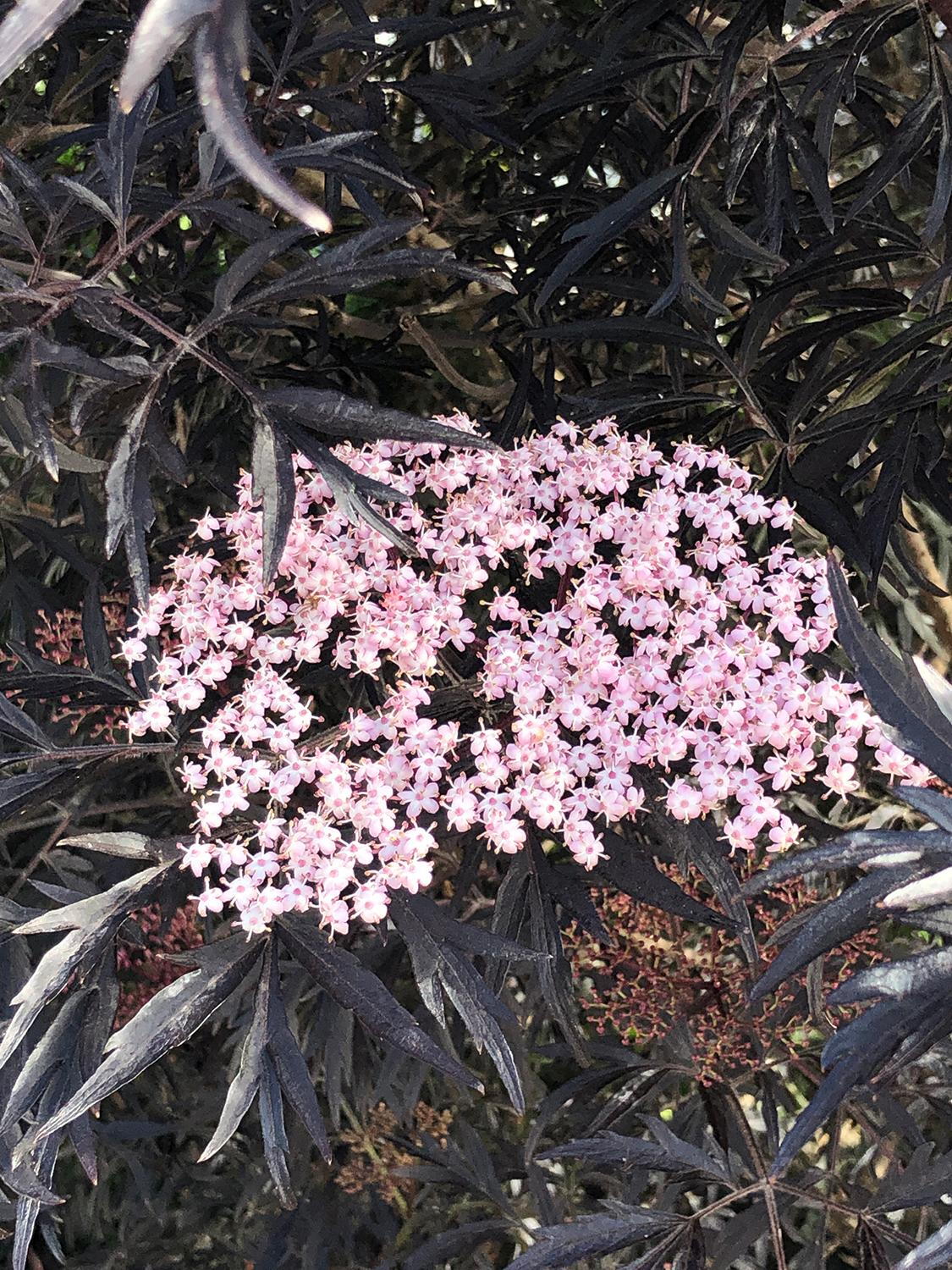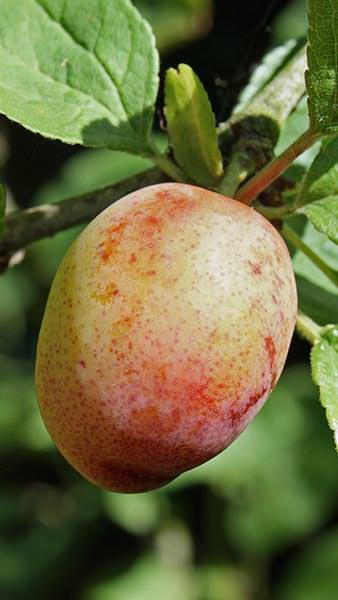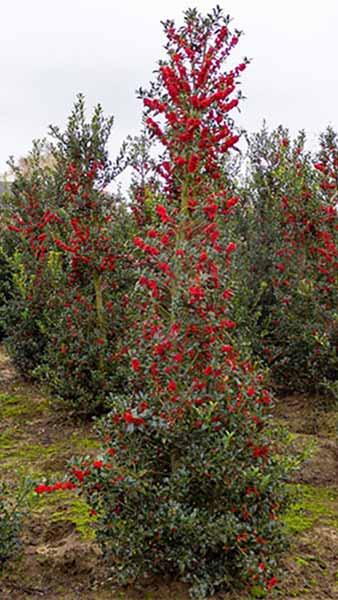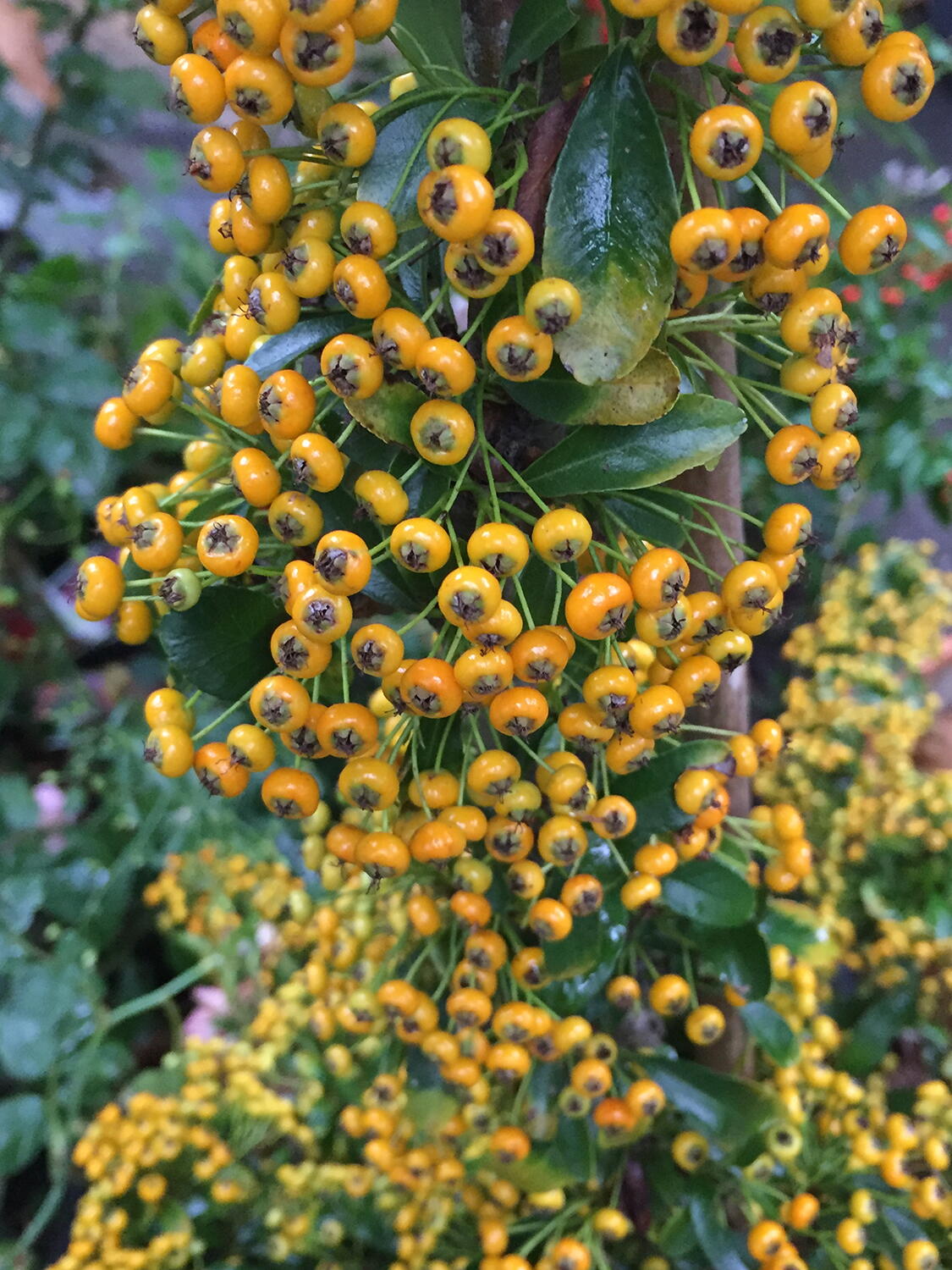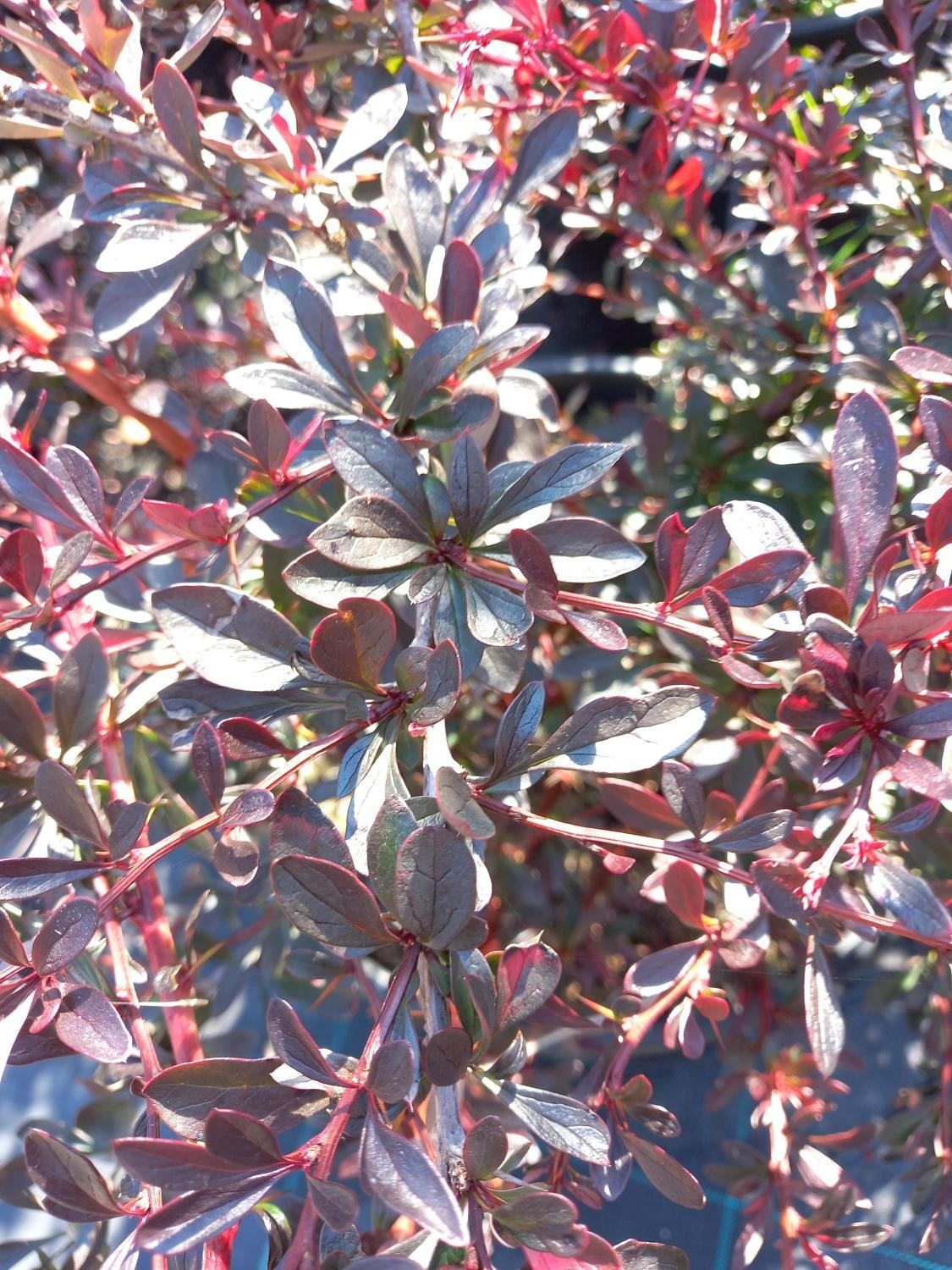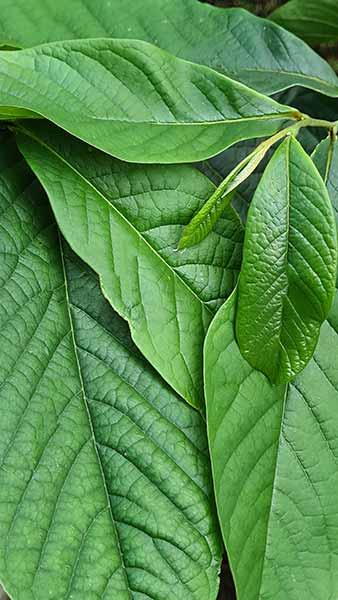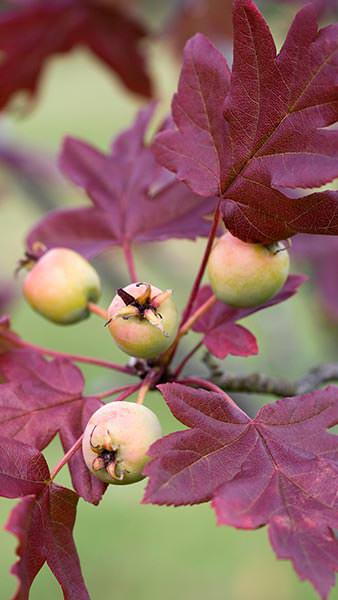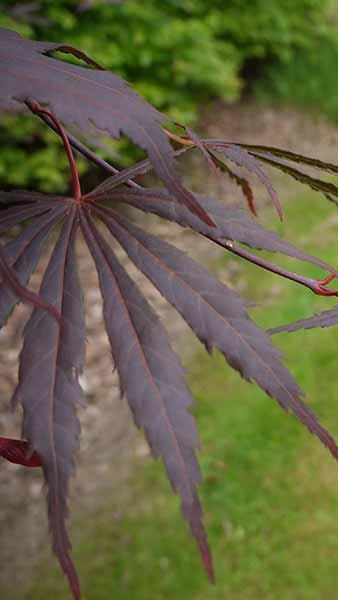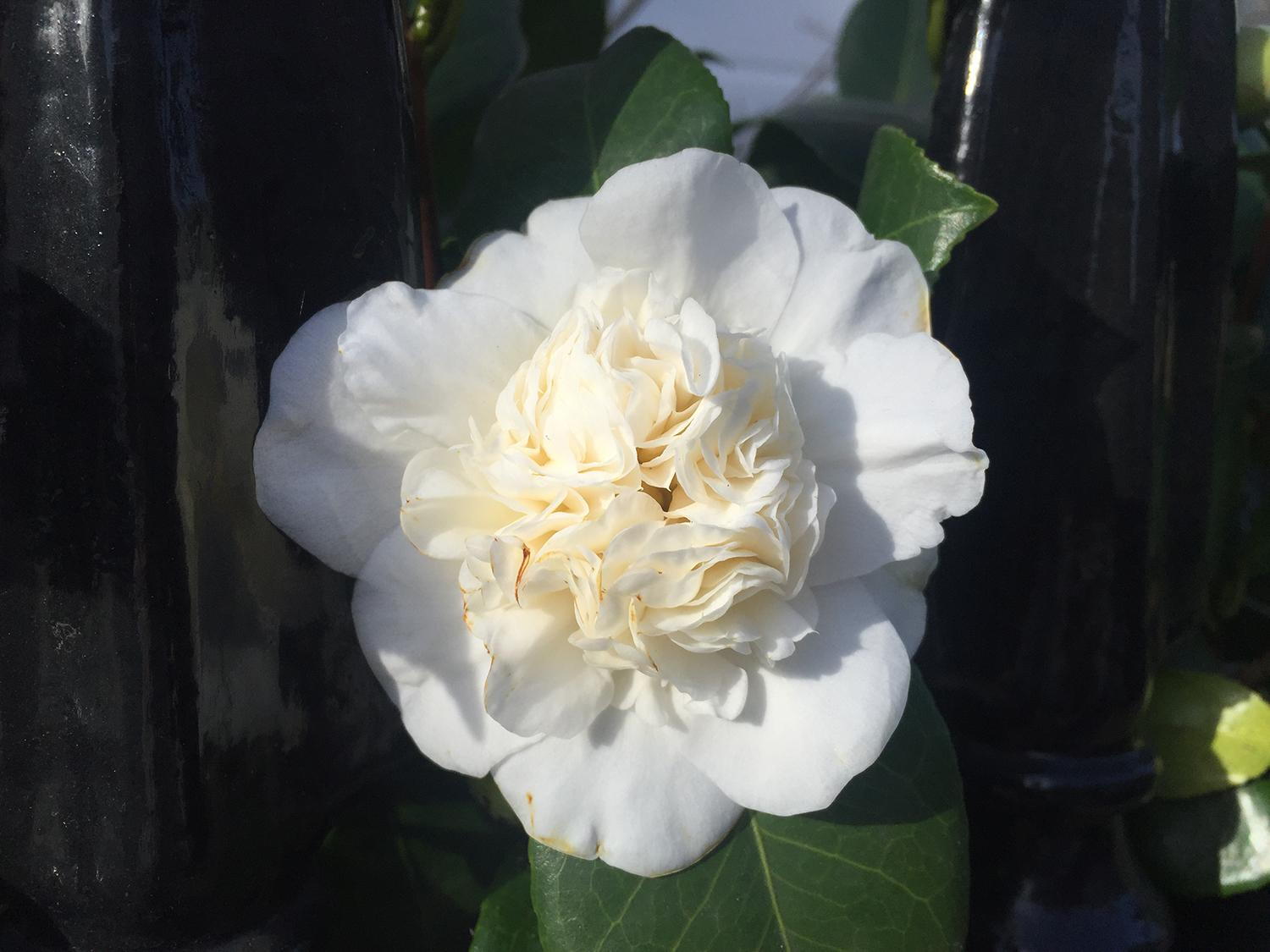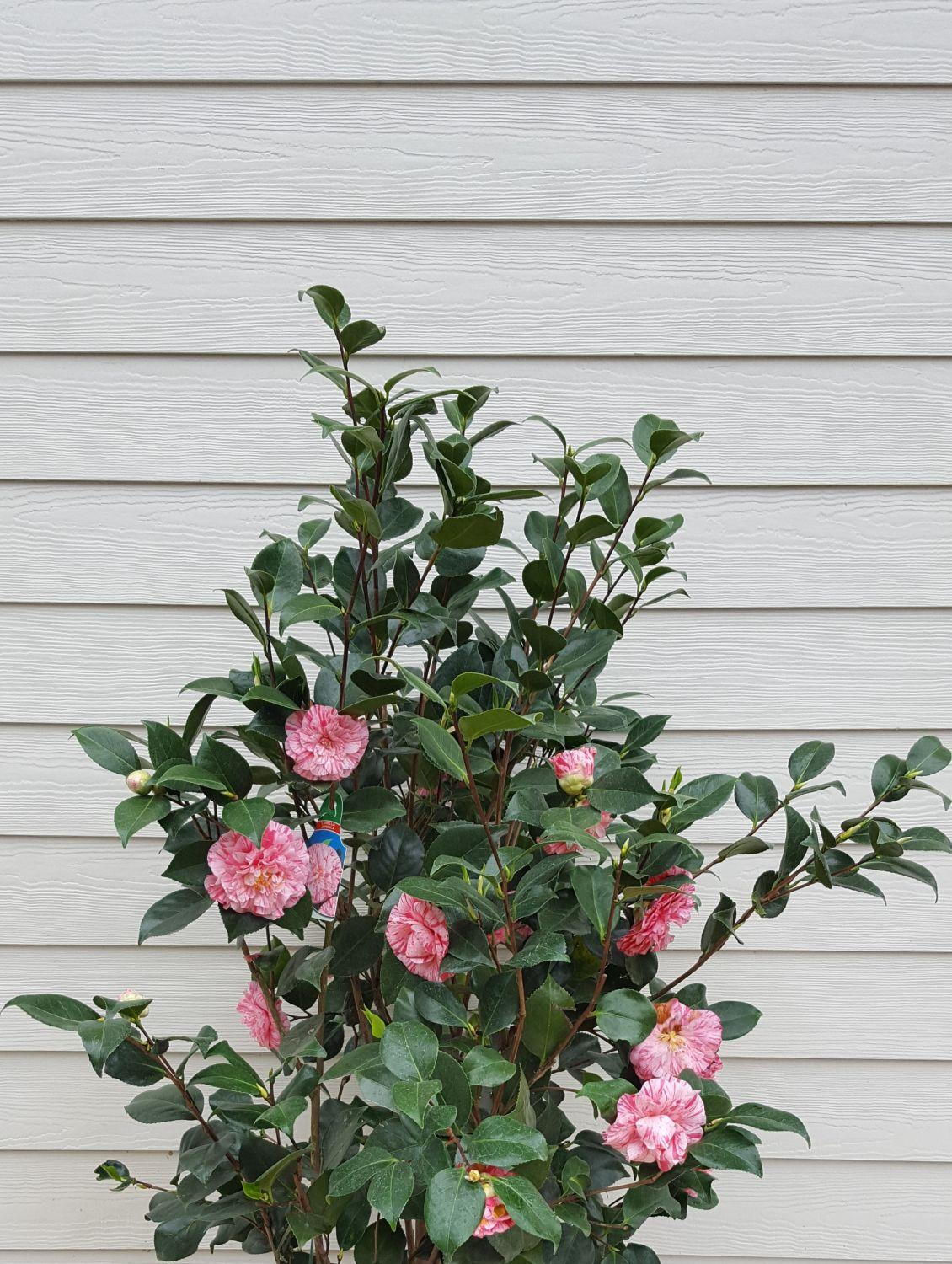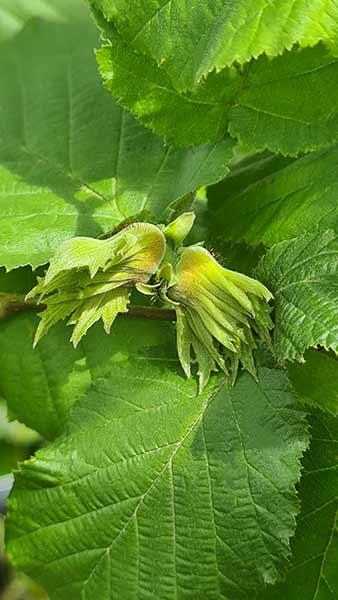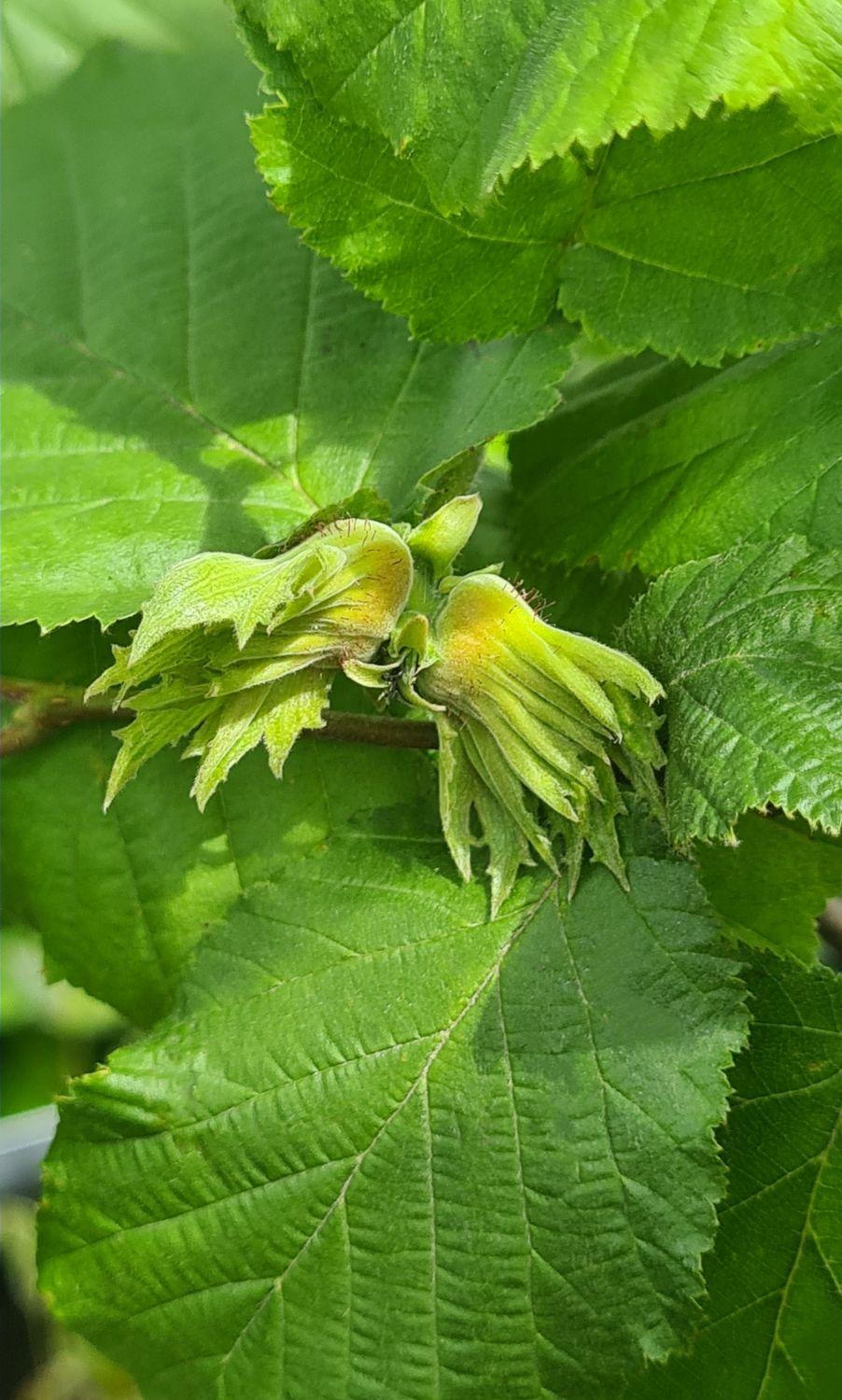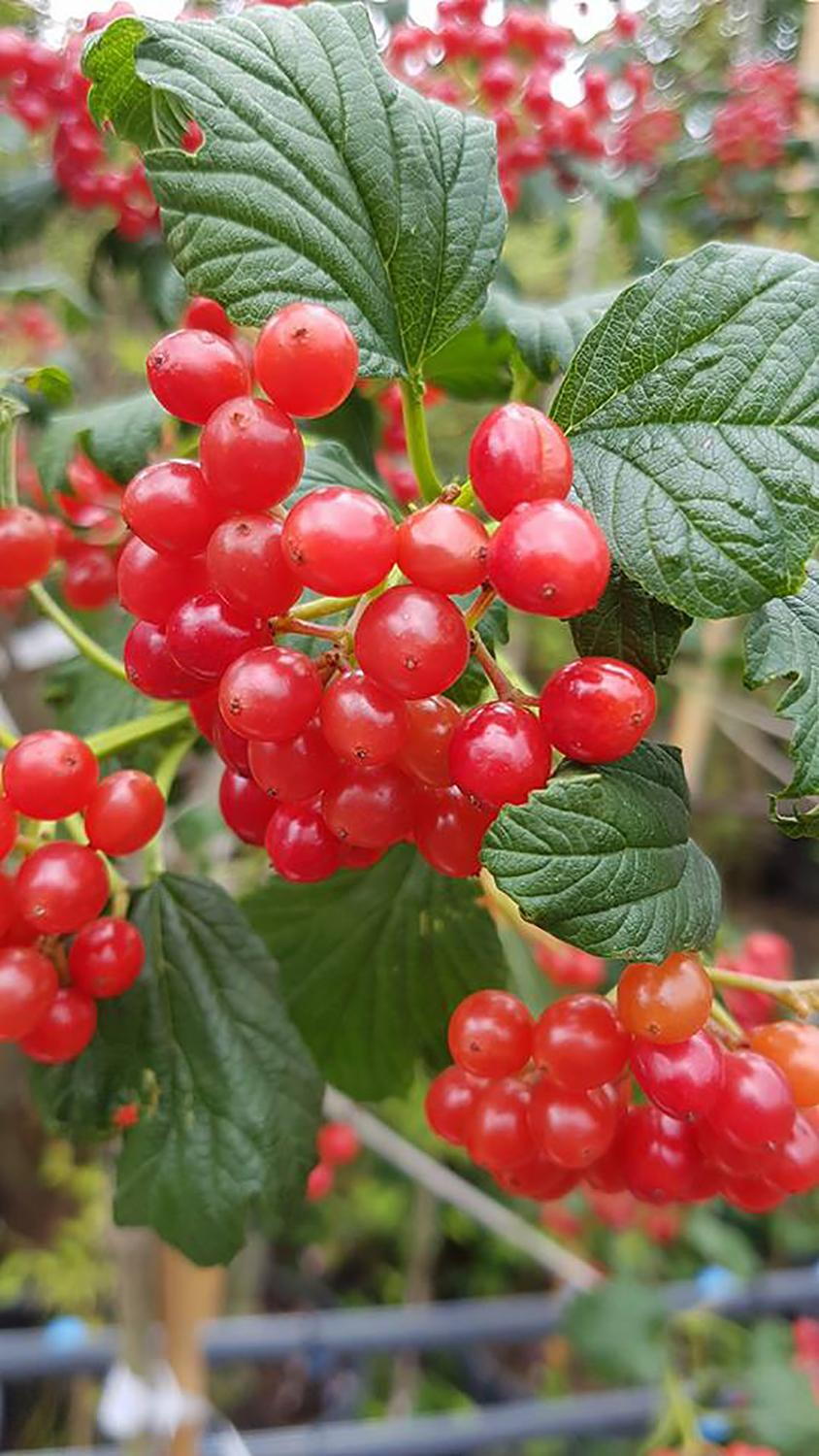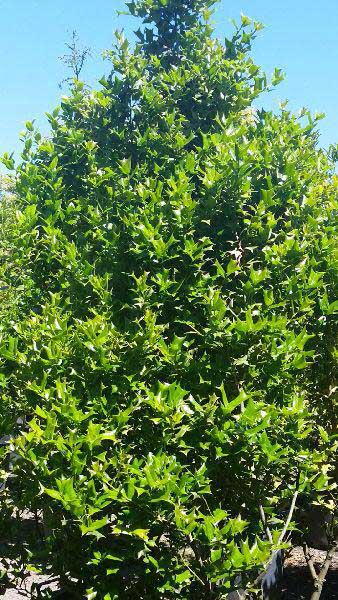Malus Floribunda Japanese Crab Apple Trees Standard Trees
Malus Floribunda Japanese Crab AppleMalus Floribunda or the Japanese Crab Apple, is an excellent deciduous flowering tree for UK gardens. Introduced from Japan in the 1860s, it has received the RHS Award of Garden Merit. In April and May, the mid-green leaves of the wide-spreading crown will be covered with masses of very showy pale pink to white blossoms emerging from deep pink buds. Through the summer, the leaves provide shade, and then in autumn the leaves turn bronze, accented by the tiny crab apples, green-yellow with a touch of red, which will create visual interest and attract birds to your garden throughout the winter.Height and Spread of Malus Floribundaalus Floribunda will grow to a height of 5 metres and spread of 4 metres in 20 years, reaching a mature size of 8-12 metres and spread of more than 8 metres. How Hardy Is Malus FloribundaMalus Floribunda is hardy in all parts of the UK and across northern Europe.How to Use Malus FloribundaMalus Floribunda should be sited to consider its eventual size, as this is a larger landscape tree once it matures. A specimen in a medium or large lawn would put on a stunning show in spring, and provide considerable interest for the rest of the year. On a larger property, a grouping of Japanese Crab Apple trees would be very effective. As a part of a wildlife or woodland garden, its spring blossoms will be a stand-out, and the winter’s fruit will provide food for wildlife through the winter. Where space is limited, Malus Floribunda can be pruned and trained into an architectural form such as espalier, whether planted against a wall or used as a privacy screen.How to Care for Malus FloribundaPlant Malus Floribunda in full sun or partial shade in an exposed or sheltered position in any moist but well-drained soil. It is sensitive to salt, so needs to be protected from sea winds in coastal areas, but is very tolerant of atmospheric pollution, making it a great choice for even inner-city locations. It is not necessary to prune Malus Floribunda to maintain its attractive, spreading crown with arching branches, but if necessary to remove dead, damaged or crossing branches, prune in late winter only.With its spring blossoms, summer shade, autumn leaves and winter fruit, Malus Floribunda provides a full year of visual interest!
